Best Wood Sanding Technique

by
Jeremy Hoffpauir
(IC: blogger)
2 Materials
$75
2 Hours
Easy
In this HT post, I show you the best wood sanding technique for a smooth surface. Even if you don't work with rough wood, the techniques covered in this project can be directly translated toward other furniture or floor refinishing projects. Also, I show you an easy way to fix sanding mistakes such as swirl marks and pigtails.
{
"id": "6223169",
"alt": "",
"title": "",
"video_link": "https://www.youtube.com/embed/GmIcV7Lvifw",
"youtube_video_id": "GmIcV7Lvifw"
}
{
"width": 634,
"height": 357,
"showRelated": true
}
Project Details - Video Tutorial
Choose a Sander
Sandpaper Grits
- If you are sanding rough wood slabs or lumber, use the sandpaper grit sequence mentioned above.
- If you are refinishing a wood surface, start skip the first 2 grits and start at 120 grit. 120 grit sandpaper will remove the existing finish and expose the bare wood. If you find it does not, I recommend backing down to 100 and then to 80 if needed.
Sand in 2'x2' sections
Sanding Pattern
Monitor and Fix Sanding Mistakes
Sanding Mistake Example
Conclusion
Enjoyed the project?
Resources for this project:
Any price and availability information displayed on [relevant Amazon Site(s), as applicable] at the time of purchase will apply to the purchase of this product.
Hometalk may collect a small share of sales from the links on this page.More info

Want more details about this and other DIY projects? Check out my blog post!
Published June 20th, 2020 11:04 AM
Comments
Join the conversation
1 comment
-
 Kara Wurtzel
on Jun 21, 2020
Kara Wurtzel
on Jun 21, 2020
Great tips, thanks for sharing.
-




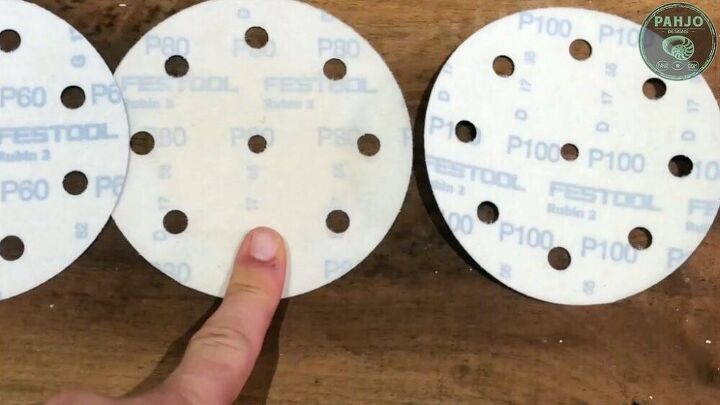












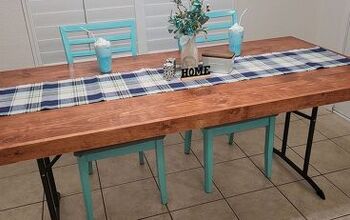
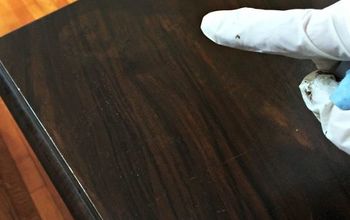



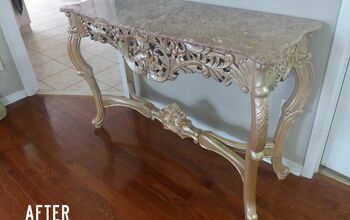

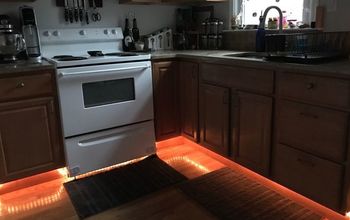
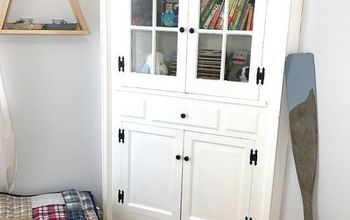

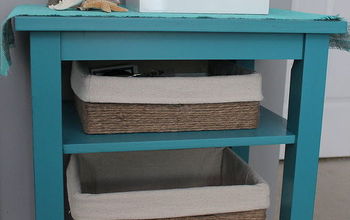



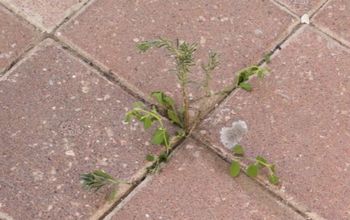



Frequently asked questions
Have a question about this project?